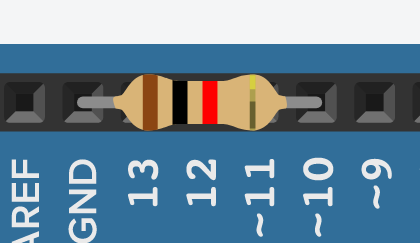
The timing diagram of the sensor is pretty simple and complicated at the same time. Now that we know the basic features of DS18b20 Temperature sensor, we can now go ahead and understand the timing diagram of the sensor. Each 1-wire Device from maxim comes with a unique ID which means you can put more than one device in the same bus and can access them all with a single instruction. Other than that, this device also features a unique 64–bit ID and user-definable nonvolatile (NV) alarm settings. Maxim calls this feature parasitic power and we will talk about this later in the article. This is a unique chip designed and developed by maxim that features a proprietary 1-wire interface, this means not only it can be powered with its standard VCC and Ground pins but the DS18B20 can derive power directly from the data line.

The DS18B20 is a digital thermometer that can provide 9-bit to 12-bit resolution and can measure temperatures from -55☌ to +125☌. GND is the ground pin of the DS18b20 Temperature Sensor IC and it should be connected to the ground pin of the Arduino.ĭOUT is the Digital Output pin of the IC that uses the 1-Wire Protocol to give out the temperature data. VCC is the supply pin of the DS18b20 Temperature Sensor that can be connected to 3.3V or 5V of the supply.

The Pinout of DS18b20 Temperature Sensor is as follows: The DS18b20 Temperature Sensor IC has 3 pins VCC, GND, and Digital Out.

Not only is this sensor inexpensive and simple to use, but it also has a one-of-a-kind 1-wire communication protocol that is simple to build and supports a wide range of devices that can connect with the CPU. There are a variety of sensors that may be used to solve this problem but in today's article, we thought to cover the DS18b20 temperature sensor. But one of the major disadvantages of the LM35 sensor is that it is analog in nature, so it's sensitive to external noise. In one of our previous tutorials, we have shown you how you can interface LM35 Temperature Sensor with Arduino because it's cheap, easy to use, and requires minuscule power for stable operation.


 0 kommentar(er)
0 kommentar(er)
